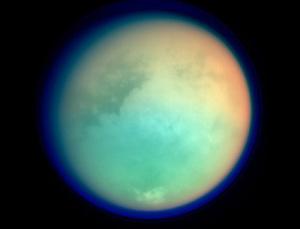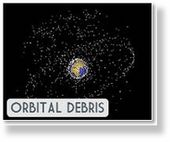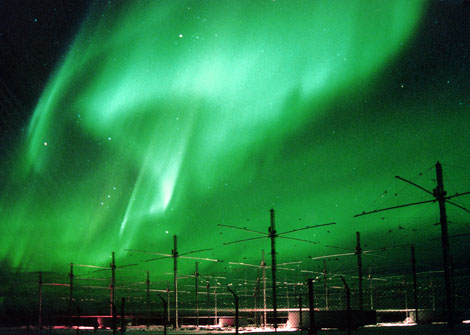
© Rick Gomez / CorbisType A family
Throughout most of human history, you didn't get some unless you had some. More precisely: it was wealthy, powerful men who scored the most sexual mates and, therefore, fathered the most offspring. Men with less wealth and low standing, meanwhile, died disproportionately childless. (As for women, they had little choice about sex regardless of status, since men treated them as property.)
Many evolutionary scientists believe that those thousands of years of human behavior are no artifact: modern men still strive for status partly because it is an evolutionary advantage for improving reproductive success. But other researchers have disputed that theory by citing data showing that wealthier, higher-status men do not in fact have more children than their less moneyed, lower-status peers. (See
pictures of Barack Obama's family tree.)
Now a new study in the
Journal of Personality offers another theory: it is not necessarily wealth that facilitates procreation but a more basic and deeply ingrained evolutionary trait - having a Type A personality. The study finds that adolescents who say they always take charge, tell others what to do, anger quickly, get into fights easily, and walk, talk and eat fast end up having more kids than others when they grow up. That's true regardless of the kids' performance in school.











Comment: It's unsurprising that the market for wireless technology is still viable when we remember that the US Govt is considering introducing "free wireless technology for all".
This cash cow certainly has dangers for us all: New Instruments of Surveillance and Social Control: Wireless Technologies which Target the Neuronal Functioning of the Brain